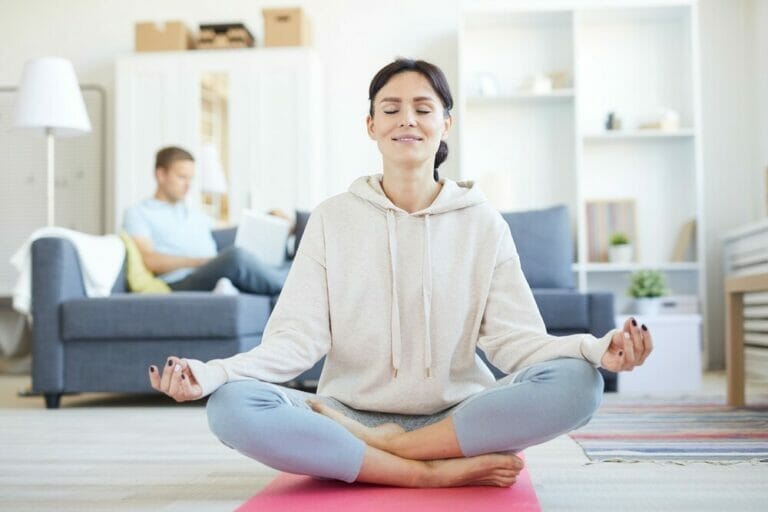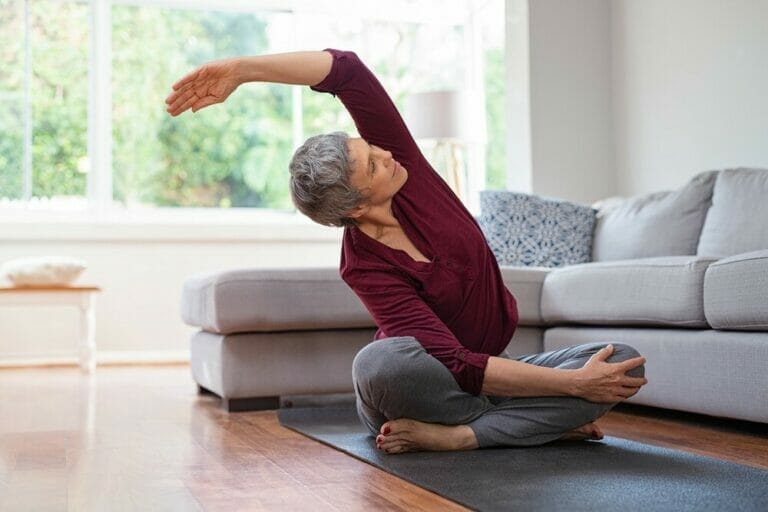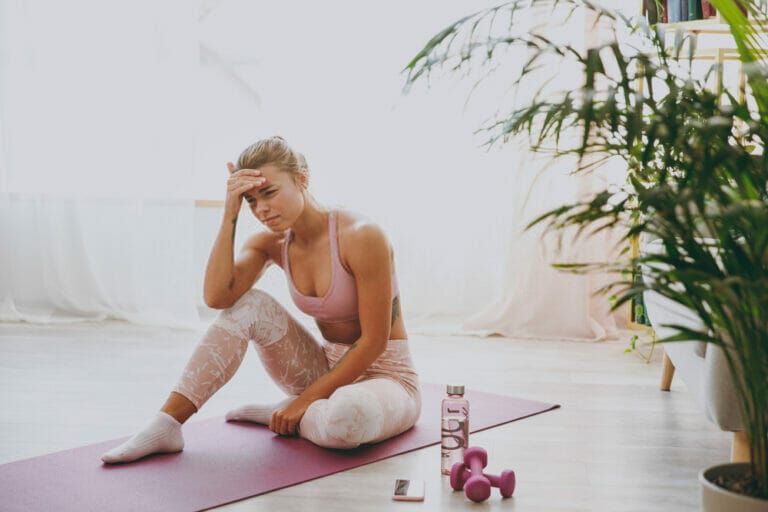Did You Know About Yoga Poses For Gratitude
Everyone around you is beginning to show their thankfulness for everything the season provides, from pumpkin spiced candles to the colour of fall leaves, from youngsters playing in scarves to having a warm place to sleep.
Gratitude is the act of recognizing and appreciating what you already have and do, and it is shown to improve your overall happiness.
Although this colder and cosier time of year might generate gratitude, you can practice it throughout the year.
You can express gratitude in a variety of ways, including:
- Greeting a buddy with a thank-you message.
- Every day, write down five to ten things for which you are grateful.
- A handshake
- Hugging someone.
- Smiling at people you cross in the hallways.
- Smiling at everyone in your family when you first see them in the morning or evening.
- Thanking a person who is serving you.
- Telling your children that you love them each time you see them.
- Thanking a person for doing something for you, even if it isn’t their job.
Gratitude may help you get out of your head and acquire a new perspective by reminding you of the good things in your life and concentrating your attention on someone else’s well-being, regardless of how you do it.
It is not easy to maintain a continual feeling of appreciation, but yoga can help you do so. Try these eight yoga positions to find gratitude and appreciate the present moment you are in the next time you're on your mat.
1. Mountain Pose ( Tadasana + Urdva Hastasana)
As you open your heart and stand firmly in receptivity, this inviting, powerful stance inspires appreciation.

Feel positive and thankful for all of your aspirations and the unknown adventures that await you in the future.
- Stand tall and widen your feet to the width of your hips.
- Raise your arms over your head as you take a deep breath in.
- Extend up through your fingertips as you turn your hands towards each other.
- Take five deep breaths while gazing up.
- Put a grin on your face.
2. Child’s Pose (Balasana)
As you fold forward into yourself and go closer to the earth, as if kissing mother earth on the forehead with a sweet kiss of thanks, this gentle hip-opener encourages gratitude.
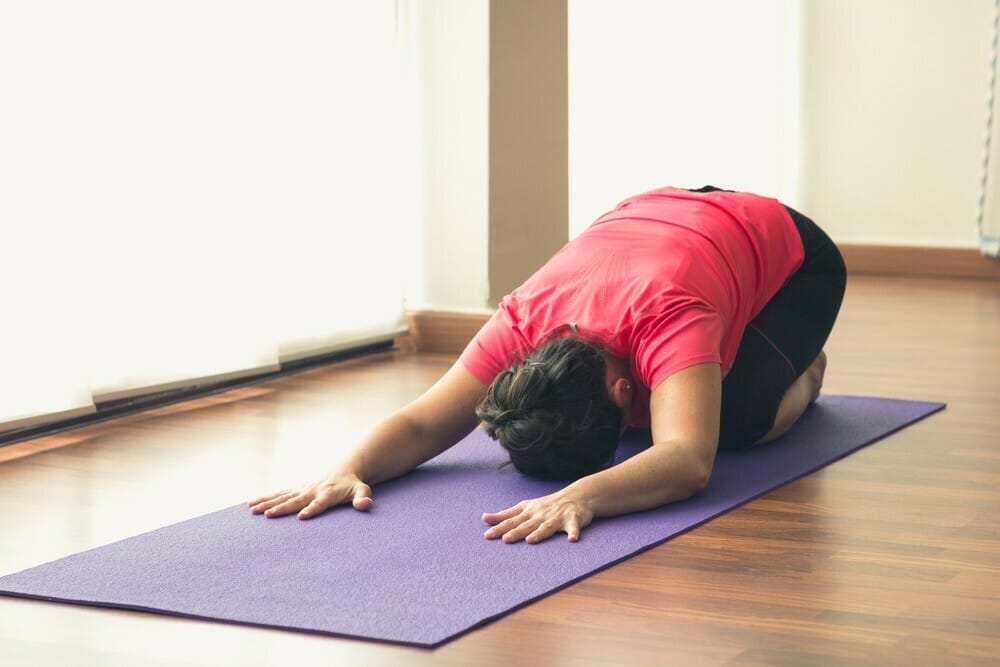
Submit and bow down. Allow yourself to let rid of things that aren’t benefiting you.
- Begin by getting down on your hands and knees.
- Join your large toes behind your back.
- Spread your knees as wide apart as your body will allow.
- Extend your arms in front of you and tuck your hips into your heels.Lean forward with your torso on your mat, blanket, or yoga block, and lay your forehead on it.
- Pay attention to the rhythm in and out of your breath as you fold.
3. Camel Pose (Ustrasana)
As you practice bravery and vulnerability while remaining open in this challenging position, appreciation will fill you.
Find gratitude for all the courage you've called into your life and how it's helped you overcome significant and minor obstacles as you open your heart, neck, and shoulders.
- Tuck your toes under for support and get down to your knees.
- Roll your shoulders back and stand up on your knees. Consider a cord connected to your heart and pulling it upwards.
- Reach back until your hands come into contact with your lower back, backs of your legs, or heels.
- Keep your chin tucked towards your chest and gaze forward for as long as you can. Finally, lean back in your chair and stick out your tongue.
4. Seated Forward Fold (Paschimottanasana)
As you direct your mind within, this hamstring stretch encourages appreciation. Consider one area of your body for which you are most thankful while you quietly breathe.
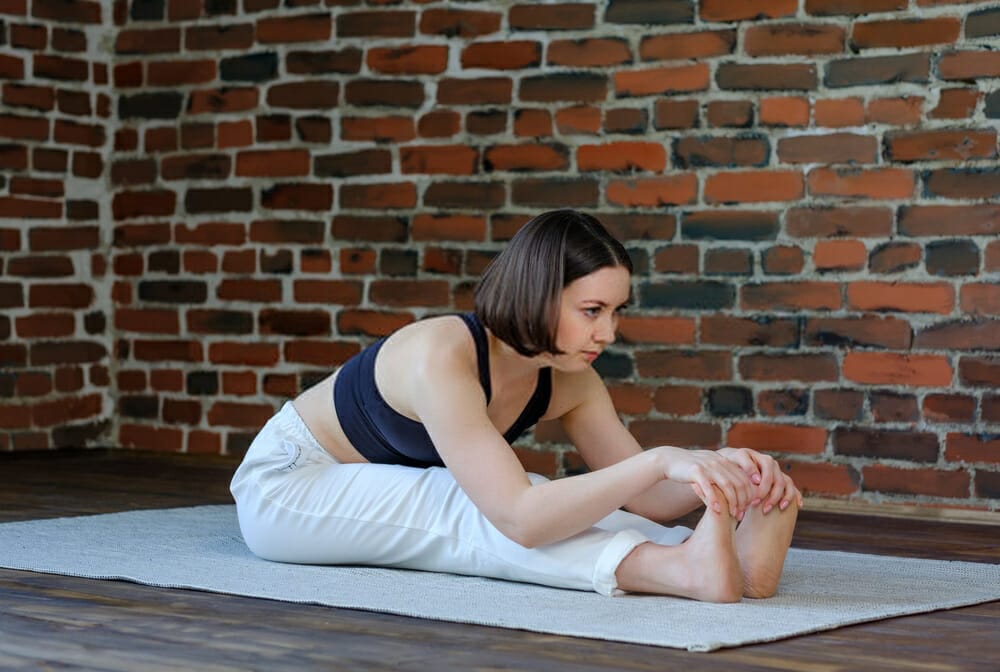
- Sit down in a comfortable posture and stretch your legs forward. (If you’re sitting up and your lower back hurts, prop yourself up on a cushion or blanket.)
- As you inhale, extend your arms upwards, and as you exhale, fold forward over your legs.
5. Supported Reclining Heart Opener (Setu Bandhasana Variation)
As you let the props support you, this soothing chest opener softens and opens your heart chakra and promotes appreciation. Consider a close friend, family member, or mentor and all you’ve learned from them.
Allow yourself to feel nurtured and cherished when you think of this individual. Feel appreciation flowing out from your heart centre for yourself and the people around you.
- Use a bolster, blanket roll, or yoga blocks to support yourself.
- Place them on the floor and relax, so the props are beneath your upper back and head.
- Relax your arms alongside you, palms turned up, and allow yourself to melt into the support.
6. Standing Forward Fold (Uttanasana)
As you learn to trust your feet to hold you and enable fresh, oxygen-rich blood to flow into your brain for mental clarity, you will release your spine, and you will feel grateful.

Allow your day's concerns and negativity to cascade down your spine and into the floor, and feel rejuvenated.
- Stand with your feet about hip-width apart.
- Fold forward by bending your knees slightly.
- Let your arms dangle and relax your head and neck.
- Look down with your eyes open.
7. Low Lunge (Anjaneyasana)
As you feel your hips open more comprehensively and your lower back flattens, this hip opener encourages gratitude.
Consider one person who has contributed positively to your life and who is a silent but powerful force that makes a difference.
- Take one step forward and one step back, lowering yourself to your back knee. (If desired, cover with a blanket.)
- Deeply bend your front knee and slip your front foot forward until it is aligned with your knee.
- Reach up on your inhale and curl back with your exhale.
- Bend your elbows and rotate your shoulder blades inwards.
8. Corpse Pose (Savasana)
Find compassion and gratitude for yourself, for all of your accomplishments and challenges. Finally, feel compassion and thanks for all living things, wishing them health, happiness, and comfort in their journeys.

- Find a completely reclined resting position that is most comfortable for you. (A rolled-up blanket beneath your knees or a soft cushion under your head would be nice.)
- Extend your legs and face up with your palms facing up.
- Take a deep breath in and feel full and rich; exhale and release whatever stress you’ve been holding.
- Close your eyes and rest quietly.
The Bottom Line
Gratitude is an assertive mental attitude and a healthy habit. When you feel grateful for your own life and the multitude of possibilities the future holds for you.
You are more likely to be open to new experiences, fresh perspectives and be willing to try new things to fulfil your aspirations.
Appreciation can also help improve your physical health: lowering blood pressure, reducing stress levels, and boosting your immune system.
As you practice these yoga exercises, you are taking care of yourself. Appreciation can be a motivator for you to feel good about yourself and maintain your health, as well as a reminder of what's great in life.
If you are in a difficult situation, remember that it’s not the end of the world, and appreciate the lessons and experiences to come with it.
The more you practice these exercises and remind yourself of how grateful you are for the journey ahead, the more likely you will become an advocate for positivity.



